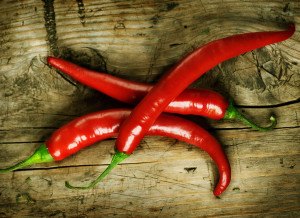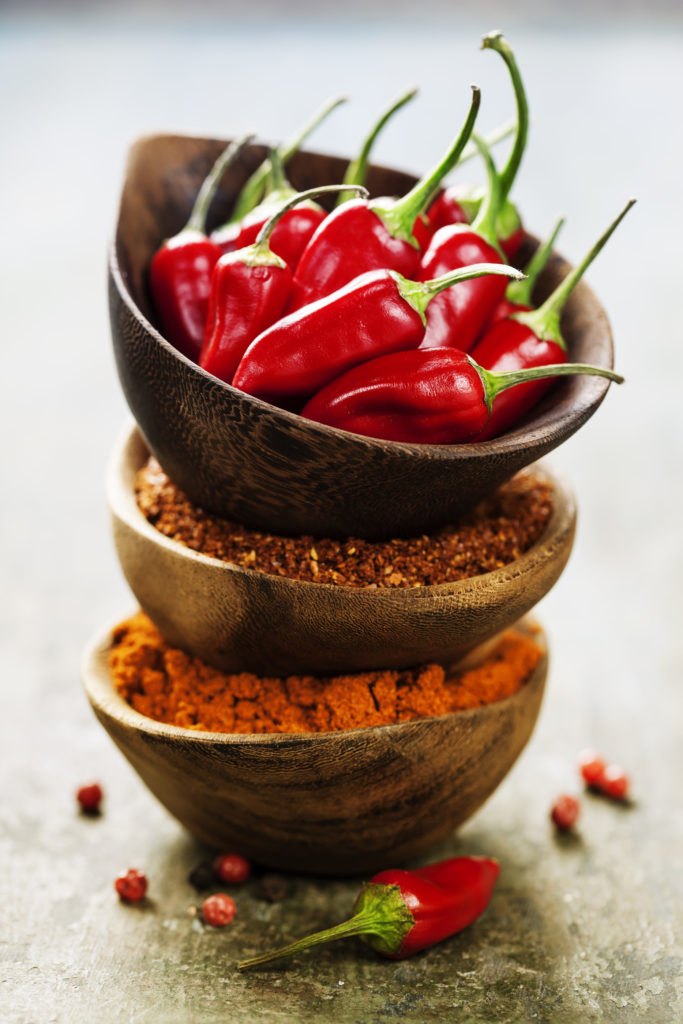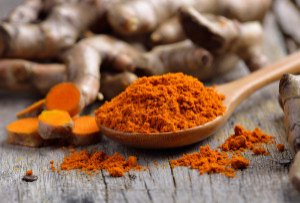Read on for 3 foods that can offer pain-relief, and others which should be banned from your table if you live with chronic pain
For more detailed tips and tools to make preparing food easier in this post.
While no magic food will prevent pain or flare-ups, with every chronic condition one of the finest and most important ways to feel better is to improve your overall health and wellbeing. A few dietary changes can make a world of difference to how you feel, with some foods helping to lessen or even alleviate certain symptoms, and if you feel better, you’ll cope better too.
Sustainably-Sourced Fish Oil
Much of the research in ‘pain-reducing’ diets revolves around reducing inflammation. From this the most promising practice appears to be the addition of omega-3 fatty acids to the diet, especially fish oils. Omega-3s are imperative for chronic pain.
The “good fat” found in cold-water fish and walnuts has potent anti-inflammatory properties, while the oil lubricates your joints, maintains heart health and can even reduce brain fog by directly nourishing the brain cells, which love these healthy fats.
-
Mackerel, salmon, sardines, and krill are all good sources.
-
If you are vegetarian or vegan, walnuts, avocados and flax seeds are also rich sources of omega fats.
Despite the bad press essential fatty acids actually metabolise saturated fats, helping you lose weight if needed, and maintain a healthy weight. According to Dr. Alfred D. Steinberg, an arthritis expert at the National Institute of Health, fish oil acts directly on the immune system by suppressing 40-55% of the release of cytokines (these small signalling molecules attract macrophages to the nerve cells which are integral to the immune system but in this process produce inflammation and pain).
Eating ethically-sourced oily fish at least once or twice a week and/or taking a quality supplement daily can truly help.
Cytokines are suspected to play a major role in the production of both neuropathic pain and the pain of fibromyalgia. Although it was the teeniest of studies, a Canadian research team’s case study published in the Natural Medicine Journal found that in reducing the release of these pain-producing cytokines, omega-3 fats from fish (EPA and DHA), are also beneficial for neuropathic pain.
Another Duke University study found that a derivative of DHA (docosahexaenoic acid), a long-chain, omega-3 fatty acid found in fish oil reduced pain and nerve swelling. Its analgesic effect also stems from the compound’s ability to inhibit the production of cytokines and chemokines, which protects nerve cells from further damage, preventing neuropathic pain caused by injuries to the sensory system, and reduces neurone firing, reducing pain.
“These compounds are derived from omega-3 fatty acids found in fish oil, but are 1,000 times more potent than their precursors in reducing inflammation,” said Ru-Rong Ji, professor of anesthesiology and neurobiology at Duke University Medical Center and principal investigator of the study. Researchers said that these results hold promise for future pain medications.
Turmeric
Research shows that this classic Indian spice, commonly used in everything from Tandoori to Balti dishes to beauty creams and face packs in India, contains a powerful, non-toxic compound called curcumin, which has extensive health benefits, not least of which is that it’s a potent anti-inflammatory.
Studies on turmeric’s anti-inflammatory effects place it on par with some anti-inflammatory drugs such as ibuprofen but without any nasty side-effects from long term or excessive use, leading to gastrointestinal problems such as GERD for example.
There is also some evidence that curcumin can boost the brain neurotransmitters serotonin and dopamine, and an albeit small controlled trial found that cur cumin may be an effective antidepressant.
-
The addition of black pepper hugely increases your body’s absorption (by up to 2000%) because of pepper’s phytochemical, piperine.
-
Try adding a teaspoon or two to foods such as Indian dishes, stews, chill dishes, scrambled eggs, salad dressings and dips etc. or a calming bedtime drink is almond milk mixed with a little of this healing spice.
-
If you choose to supplement with turmeric, always ensure the quality of this spice, as it varies greatly, and check if piperine is added.
-
Turmeric is also fat-soluble so consuming the spice alongside essential fats (even a few nuts or a drop of olive oil on bread; a little piece of cheese is an alternative), or taking the supplement alongside fish oil increases your body’s absorption.
Chilli & Capsaicin

While all chili peppers, including cayenne pepper, contain capsaicin — the hotter the pepper (or the higher it is in stovells), the more capsaicin it contains, which is a potent inhibitor of substance P, a neuropeptide associated with the inflammatory processes, which causes pain.
Fibromyalgia patients are said to have an excess of substance P. Eating chilli — as long as you are not sensitive to spicy food — can be another way to help ease some of the pain for the pain-reducing endorphins they give you.
Obviously, if you are sensitive to chilli, avoid eating it (especially if you have GERD or LPR for example) . If you dislike it, consider a high-quality supplement.
An alternative means to still benefit from this potent plant’s pain-relieving properties is in using capsaicin cream. A skin cream with 0.25%-0.75% capsaicin may help soothe some pain.
-
Capsaicin Cream can be especially beneficial for neuropathic pain, neuralgia, diabetic neuropathy, osteoarthritis, and many other chronically painful conditions.
-
Always test a tiny area before lathering it on: In a small group of CRPS/RSD patients for example, it actually had the opposite effect, causing a temporary worsening of pain. I have systemic CRPS and it really does help though as with everything, start small.
-
Also wear gloves: Although they state to wash your hands and apply it directly to painful areas, personally, I always wear washing up gloves to apply it; reusable plastic gloves or bio-plastic ones would work well too. Click here for important safety information: Indications, Side Effects, Warnings.
Foods to Avoid if You Live with Chronic Pain
If you have a systemic pain condition or centralised pain, this can be hugely magnified by certain foods. Perhaps you’ve not considered food to be a source of increased pain or are unsure how to ascertain what may be making the pain worse. When confronted with so many potentially positive, and negative choices, many physicians, dieticians and nutritionists suggest using an elimination diet to test for sensitivities and allergies.
To simplify, you avoid foods thought to worsen chronic pain for a month by stripping your diet down to its barest bones, and the simplest food groups, and then follow with a consecutive reintroduction of each particular food every couple of days. Similarly, if you think you may have a wheat or lactose intolerance, follow an elimination diet and/or see a professional nutrition consultant or dietician.
If you have an existing food allergy before the chronic pain, you’ll no doubt already be aware of the heightened intensity of pain when you have an allergic reaction — however mild — to that food.
—Nightshade’ foods: Some fibromyalgia patients for example find that the ‘nightshade’ food family contributes to increased pain levels, these include: tomatoes, aubergine (eggplant), peppers (capsicum) and potatoes.
—Diets high in sugar can increase pain through increasing inflammation, so limit refined sugars. Though if a sweet brings you joy, do not give them up completely. As long as 80% of the time you’re eating healthy, it will have profound effects on your overall wellbeing. While the pleasure can be worth it; living in pain is so hard, you deserve a few treats. You may like to add a little protein to slow the release of sugars if watching your weight, a few natural almonds for instance.
—Keep a Food Diary: The benefits of adding or avoiding specific foods are different for everyone, so keeping a food diary may help you to identify your personal triggers for pain and also which foods make you feel better. It can be a trial-and-error process but finding what helps you personally and improving your diet is always tantamount to feeling better.
Sharing this humble offering to make finding the info and support you need more easily in this humble Tower. For far more info on eating well and making it easier despite illness and pain, see: Clever Tricks & Tips to Eat Healthily Despite Chronic Pain—With Tools to Make it Easier.
Feel free to share your thoughts in the comments below or in the Guest Book if you like what you see. ♥
You can also sign-up to the Princess Post and receive a free Flare-Up Toolkit here:



I have chronic pain after thee operations this year. I am on pain tablets.I also have fibromyalgia
,interstitial cyctitis, and and ancylosing spondylitis epileptic seizure. I need something natural for chronic pain.
More people might need a little help, while others could need some forethought. A list of foods to avoid as well as three items that can help with discomfort are also offered.